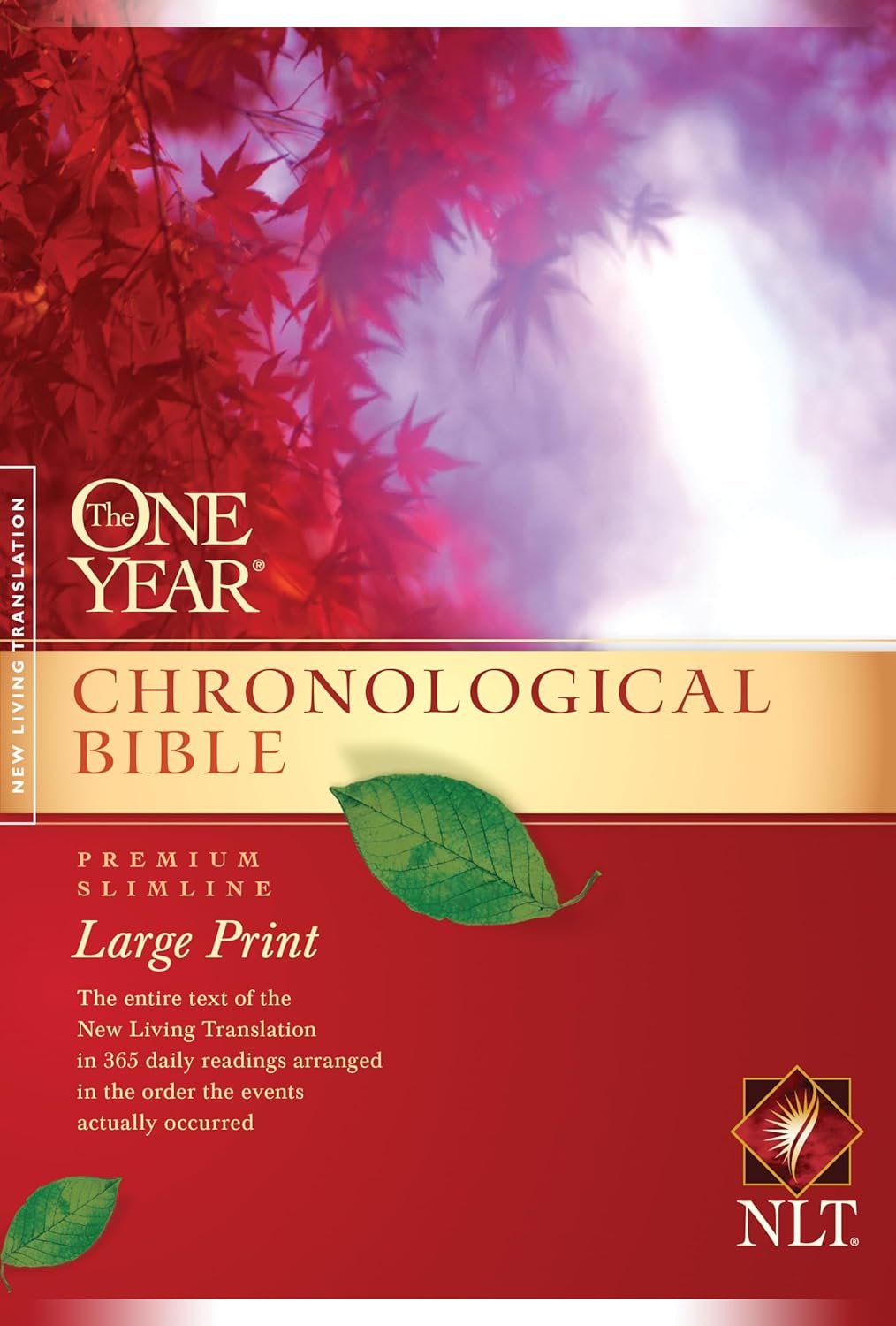If you’ve ever felt overwhelmed by reading the Bible, you’re not alone. Getting started can be tough, and many people don’t know where to begin. I’ve always loved Bible stories, and they ignited my desire to learn more about this incredible book. However, reading the Bible from cover to cover felt like an entirely different beast.
I initially tried picking chapters randomly, thinking it might simplify the complexity. Unfortunately, I quickly lost interest and found myself forcing it. That’s not how I believe God intended us to read His Word. I’ve come to realize that there are different ways to read the Bible for different people. Personally, I wanted to delve deeper into the stories that fascinated me, and that’s when I decided to read the Bible in chronological order. Given my love for history, this approach made perfect sense and helped me understand the Bible’s meaning on a deeper level.
Here’s a detailed outline on how to read the Bible in chronological order, making it more engaging and meaningful.
Reading the Bible Can Be Challenging but Not Impossible
Complexity
-
- Fact: The Bible is a collection of 66 books with various genres, including history, poetry, prophecy, and letters. It’s not like any other book you’ve read.
-
- Tip: Breaking it down into manageable sections can help you better understand what you are reading and help you match each story with the part of history it is connected to. Start with familiar stories or themes. Use a reading plan to guide you through the different books and genres gradually. Refer to the reading plan below for guidance.
Language and Cultural Differences
-
- Fact: Written thousands of years ago, the Bible reflects ancient cultures and languages, making it hard to understand without some context.
-
- Tip: Use study tools such as commentaries, study Bibles, and online resources that provide historical and cultural background. This context can make the passages more relatable and understandable.
Where to Start
-
- Fact: The traditional order of the books doesn’t follow a chronological timeline, which can be confusing.
Tip: Follow along in chronological order. This approach helps you see the flow of biblical history and understand the progression of events and teachings in a more coherent manner.
Please choose display type!
Why Read the Bible Chronologically?
Reading the Bible in chronological order helps you:
- Understand the Big Picture: You see how events and stories are connected, making the Bible more cohesive.
- Contextualize Stories: Placing stories in their historical context enhances comprehension and relevance.
- Follow God’s Plan: Witnessing the unfolding of God’s plan through history can deepen your faith and understanding.
How to Read the Bible in Chronological Order
Get a Chronological Bible
-
- Many resources and apps offer chronological reading plans. Choose one that suits your preference.
Start with Genesis
-
- Begin with the creation story and the early history of humanity. Understand the foundation of God’s relationship with His creation.
Read Through the Patriarchs
-
- Follow the stories of Abraham, Isaac, Jacob, and Joseph. See how God’s promises to Abraham begin to unfold.
Exodus to Deuteronomy
-
- Experience the journey of the Israelites from slavery in Egypt to the brink of the Promised Land. Learn about God’s laws and covenant.
Historical Books (Joshua to Esther)
-
- Discover the history of Israel as a nation, its kings, and its eventual exile and return. This includes the conquest of Canaan, the judges, the united and divided kingdoms, and the return from Babylonian captivity.
Wisdom and Poetry Books (Job, Psalms, Proverbs, Ecclesiastes, Song of Solomon)
-
- These books can be interwoven with historical events. For example, read the Psalms of David alongside his story in Samuel.
Prophetic Books (Isaiah to Malachi)
-
- Prophets often spoke during the times covered in the historical books. Reading these books in their historical context can be enlightening.
New Testament (Gospels to Revelation)
-
- Start with the life of Jesus in the Gospels, then read Acts and the Epistles in the order they were written. Finish with Revelation, which gives a glimpse of the future.
Tips for Understanding the Bible
Pray for Guidance
-
- Ask God to open your mind and heart to understand His Word.
-
- Commentaries, study Bibles, and online resources can provide valuable insights.
Join a Study Group
-
- Discussing with others can enhance understanding and keep you motivated.
-
- Write down your thoughts, questions, and insights as you read.
Be Patient
-
- Understanding comes with time and study. Don’t rush; savor the journey.
—
Reading the Bible is a journey that can transform your life. To break it down, I use The One Year Chronological Bible NLT. This Bible features 365 daily readings to help you read the entire Bible chronologically in one year, historical dates for when events occurred, a general timeline of major events to give you a clear overview of Israel’s history, a Scripture index in canonical order to help you find your favorite passages quickly and easily, and the clear and trusted New Living Translation (NLT).
As a visual learner, I also use the Mr. Pen Bible Journaling Kit to stay organized in a fun way. This comprehensive 22-piece set enhances my scripture study experience with a variety of tools for note-taking and highlighting. It includes a super cute Bible case with a camo or pink design, equipped with a zippered pocket for storage convenience. The kit has 16 highlighters in vintage and pastel colors for easy color-coding of verses and passages, 6 black ballpoint pens for taking neat, smudge-free notes, and 5 sheets of adhesive Bible tabs for simple navigation through Bible chapters. I love it so much!
Starting with a chronological approach can make the Bible’s complex narrative more understandable and engaging. Remember, the goal is to develop a deeper relationship with God through His Word. You got this!!
















1 thought on “Simplify Your Bible Study: A Chronological Reading Plan”
I need to start reading the Bible! this will help